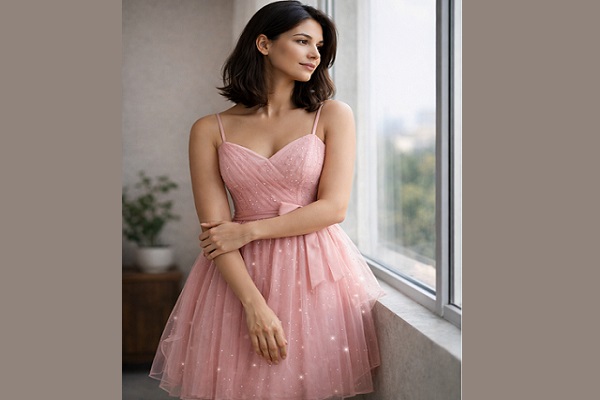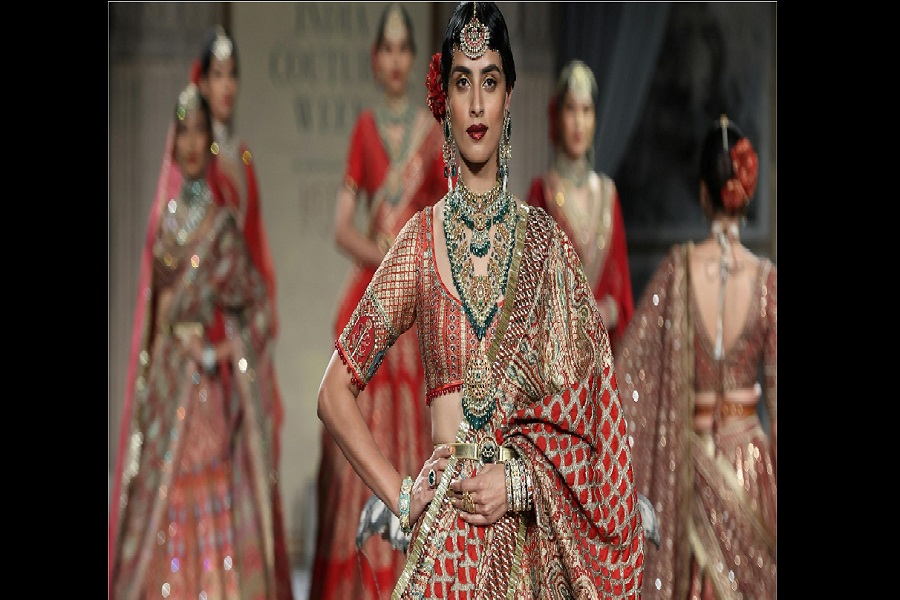Cultural Fashion: Where Heritage Meets Style

Fashion is more than just fabric stitched into shape—it's an expression of identity, belonging, and history. At the intersection of tradition and trend lies cultural fashion, a powerful form of storytelling that connects generations, preserves heritage, and redefines style across global runways and everyday wardrobes.
What is Cultural Fashion?
Cultural fashion refers to clothing styles and garments that are rooted in the traditions, customs, and identity of specific communities or regions. These outfits are often symbolic, worn during festivals, rituals, or as everyday wear that reflects cultural pride. Whether it’s a kimono from Japan, a sari from India, a dashiki from West Africa, or a huipil from Mexico, each piece carries layers of meaning—history, craftsmanship, and community spirit.
The Rise of Cultural Fashion in the Global Scene
In recent years, cultural fashion has moved from local streets to international spotlight. Designers and brands are increasingly embracing ethnic prints, traditional silhouettes, and indigenous techniques in their collections. Celebrities like Zendaya, Rihanna, and Deepika Padukone have celebrated their roots or shown solidarity by donning culturally inspired outfits at major events.
Fashion weeks in cities like Paris, Milan, and New York have seen models walk the runway in designs infused with African beadwork, South American embroidery, and South Asian textiles—blending modern aesthetics with cultural authenticity.
Sustainability and Slow Fashion
Cultural fashion often aligns with the principles of slow fashion. Unlike mass-produced clothing, traditional garments are usually handcrafted using time-honored methods—handweaving, dyeing, or embroidery. This not only makes them more sustainable but also supports local artisans and preserves endangered crafts.
Cultural Appropriation vs. Cultural Appreciation
While celebrating cultural fashion, it's crucial to distinguish between appreciation and appropriation. Appreciation involves respectful acknowledgment and credit to the culture, often with collaboration or consent. Appropriation, however, involves borrowing cultural elements without understanding or respecting their significance, often for profit or trend-setting.
Designers and influencers must remain mindful of the origins and meanings of the pieces they showcase, ensuring that their work uplifts rather than exploits cultural communities.
Why Cultural Fashion Matters Today
In a world growing more interconnected yet often divided, cultural fashion serves as a beautiful bridge. It opens conversations about identity, fosters cross-cultural understanding, and empowers underrepresented voices in the fashion industry.
From tribal prints going high-fashion to indigenous designers leading global conversations, cultural fashion is not just a trend—it's a movement. A movement that celebrates diversity, revives fading traditions, and reshapes the future of fashion by grounding it in authenticity.
Conclusion
Cultural fashion is a celebration of who we are and where we come from. It’s a thread that ties the past to the present, local traditions to global platforms. As fashion continues to evolve, embracing cultural roots ensures that style remains not just beautiful—but meaningful.

.jpg)







.jpg)














